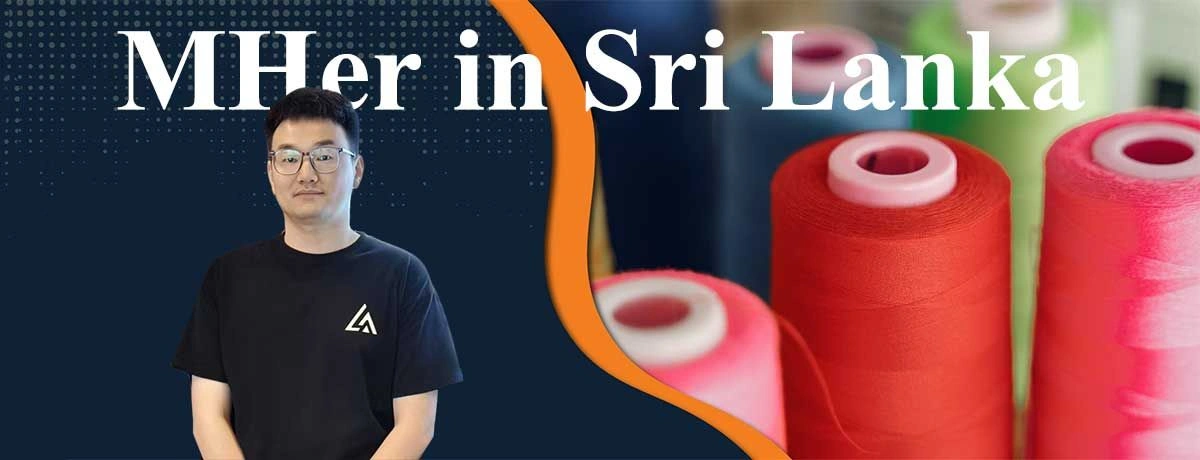MHer in Sri Lanka

Ted Fang’s Journey: Insights from Sri Lanka
Today, we’re thrilled to have Ted Fang from Sales Department 1 share his valuable takeaways from his recent business trip to Sri Lanka.
As the saying goes, “Never fight a battle unprepared.” Aligning with this wisdom, the purpose of our trip was clear: to expand our client base and acquire new customers.
Key Learnings from the Business Trip
Preparation was the cornerstone of this trip’s success. Prior to departure, we conducted extensive research on the regions where our professional clients are based, identified specific customer needs, and thoroughly reviewed all facets of our product offerings. This meticulous groundwork ensured the samples we presented aligned perfectly with client expectations.
The results were remarkable. Customers expressed high regard for our brand, particularly those in the accessories sector, where MH has built a stellar reputation. A highlight of the trip was the warm reception from clients who once viewed us as competitors—a testament to the trust and respect MH has cultivated over the years through unwavering dedication to quality and service.
While our market had previously faced challenges due to political and economic instability, the recovery we’ve observed since 2024 has reignited our confidence. By staying attuned to market trends, enhancing our products and services, and leveraging our strengths, we are determined to navigate future challenges and uphold our brand’s reputation.
Sri Lanka’s Textile Industry: An Overview
Sri Lanka’s textile and apparel industry is a vital pillar of its economy, contributing significantly to export revenue and employment. Entirely privately owned, this sector has embraced opportunities in the global market, advancing beyond traditional exports to offer cutting-edge solutions through fashion BPO services, research, and innovation.
In 2022, the industry’s value reached an impressive $5.92 billion, with a target of $8 billion by 2025. This growth is supported by strategic investments in local supply chains, prompted by the economic crisis that limited input availability. The industry employs 350,000 people directly, and in 2022, it accounted for 46% of export revenue and 33% of manufacturing employment.
However, challenges persist. A volatile economic climate led to a projected 20% decline in orders for 2023, compelling manufacturers to consider relocating operations if conditions worsen. Sustained growth will require stable energy supplies and a greater reliance on renewable energy sources.
Despite these hurdles, Sri Lanka has carved out a competitive advantage by focusing on value addition over low-cost production. With its emphasis on quality and niche products, the industry is poised for recovery in early 2024 as markets stabilize.
Opportunities in Sri Lanka’s Textile Sector
The Sri Lankan apparel sector continually seeks technological upgrades and advanced equipment, presenting exciting opportunities for global suppliers. Key areas of demand include Grey fabric, Denim, Polyester yarn, Specialized fabrics for lingerie and sportswear
Furthermore, many Sri Lankan manufacturers produce for top U.S. apparel brands, and attractive incentives are available for U.S. manufacturers to establish local facilities. However, flexibility in negotiating payment terms is crucial for success in this market.
Sri Lanka’s textile industry remains a dynamic and evolving space, offering significant potential for growth and collaboration. By staying proactive and adaptive, we can contribute to the development of this promising sector while strengthening our global partnerships.
As long as we stay attuned to market trends, continuously optimize our products and services, and leverage our various strengths, we will surely move forward confidently and steadily amidst the tides of the times.
